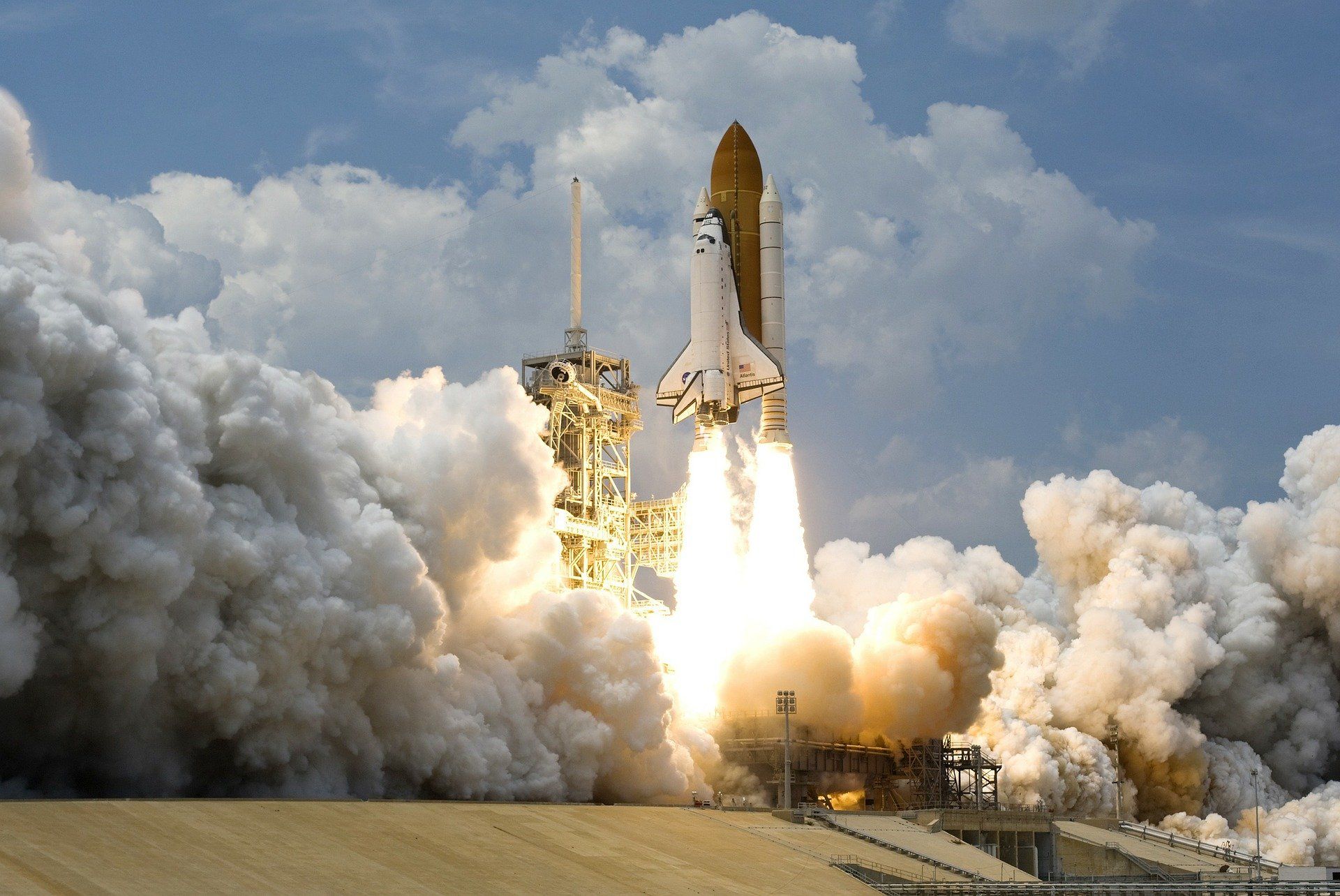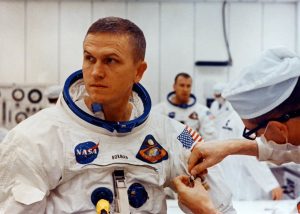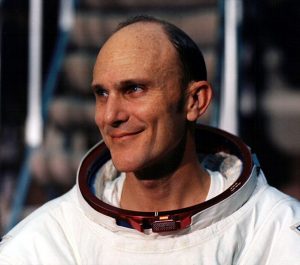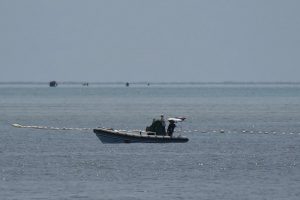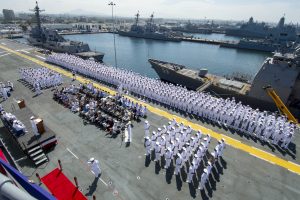Astronauts blasting off on Thursday for China’s first manned mission to its new space station will have a choice of 120 different types of food and “space treadmills” for exercise during their stay, China’s space agency said.
The mission will be China’s longest crewed space mission to date and the first in nearly five years, as Beijing pushes forward with its ambitious programme to establish itself as a space power.
The astronauts will spend three months onboard the station, which has separate living modules for each of them, as well as a shared bathroom, dining area, and a communication centre to send emails and allow two-way video calls with ground control.
The trio will be able to work off their range of dinner options — which officials assured reporters were all both nutritious and tasty — on the space treadmills or bicycles.
The Long March-2F rocket that will get them there will lift off at 9.22 a.m. local time (0122GMT) from the Jiuquan launch centre base in northwest China’s Gobi desert, the China Manned Space Agency (CMSA) said on Wednesday.
“Over the past decades we have written several glorious chapters in China’s space history and this mission embodies the expectations of the people and the party itself,” the mission’s commander, Nie Haisheng, told reporters at a later press conference.
His team has undergone over 6,000 hours of training, including hundreds of underwater somersaults in full space gear, to get accustomed to the weight of the suits when doing spacewalks.
Nie was among the first batch of astronauts selected to be trained in 1998, and has already participated in two spaceflight missions.
He is a decorated air force pilot in the People’s Liberation Army, and the others in his team are also members of the Chinese military.
Asked about what he would pack for the long trip, Nie — speaking from behind a glass wall to keep the astronauts separate from reporters due to Covid-19 fears — said his bag was full of “things for entertainment and for hosting mini get-togethers.”
Their Shenzhou-12 spacecraft will dock with the main section of the Tiangong space station, named Tianhe, which was placed in orbit on April 29.
Another 11 missions are planned over the next year and a half to complete the construction of Tiangong in orbit, including the attachment of solar panels and two laboratory modules.
The astronauts will be kept busy testing and maintaining the systems onboard, conducting spacewalks and undertaking scientific experiments.
The mission is a matter of prestige for the government as it prepares to mark the 100th birthday of the ruling Communist Party on July 1 with a propaganda blitz.
“Over the past decades, we have been struggling every minute to realise our space dreams,” astronaut Liu Boming said.
“(I) have dedicated myself to the cause.”
China’s desire for a human outpost of its own in Earth orbit was fuelled by a US ban on its astronauts on the International Space Station (ISS).
“We are willing to carry out international cooperation with any country that is committed to the peaceful use of outer space,” Ji Qiming of the CMSA told reporters on Wednesday.
The ISS — a collaboration between the US, Russia, Canada, Europe and Japan — is due for retirement after 2024, although NASA has said it could potentially remain functional beyond 2028.
Tiangong is expected to have a lifespan of at least 10 years.

